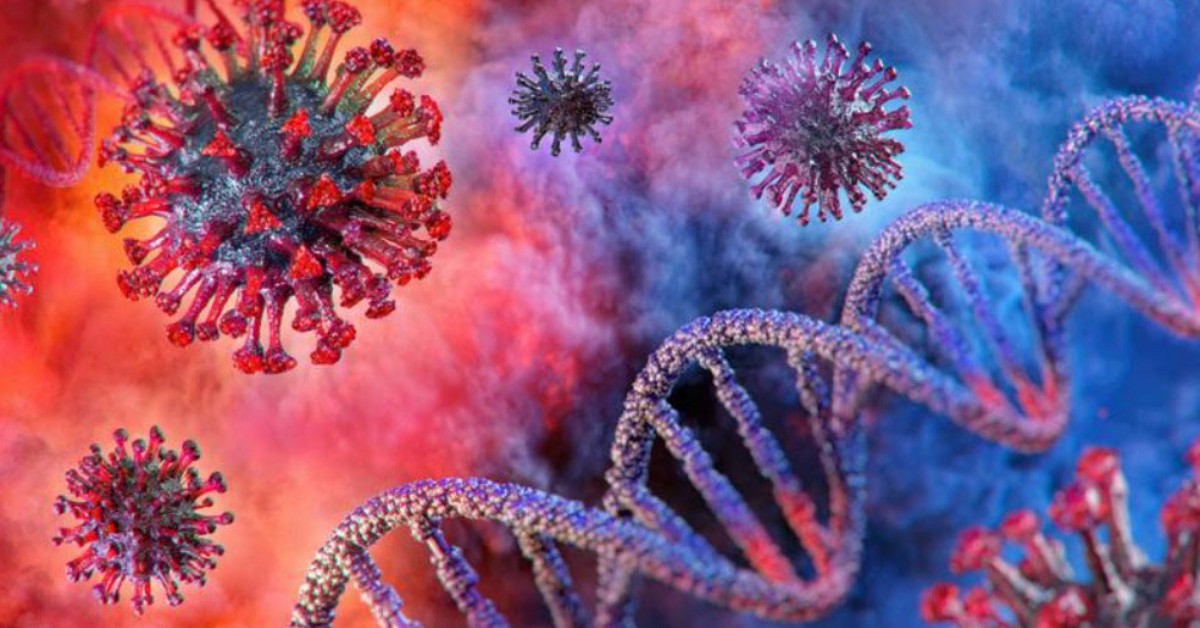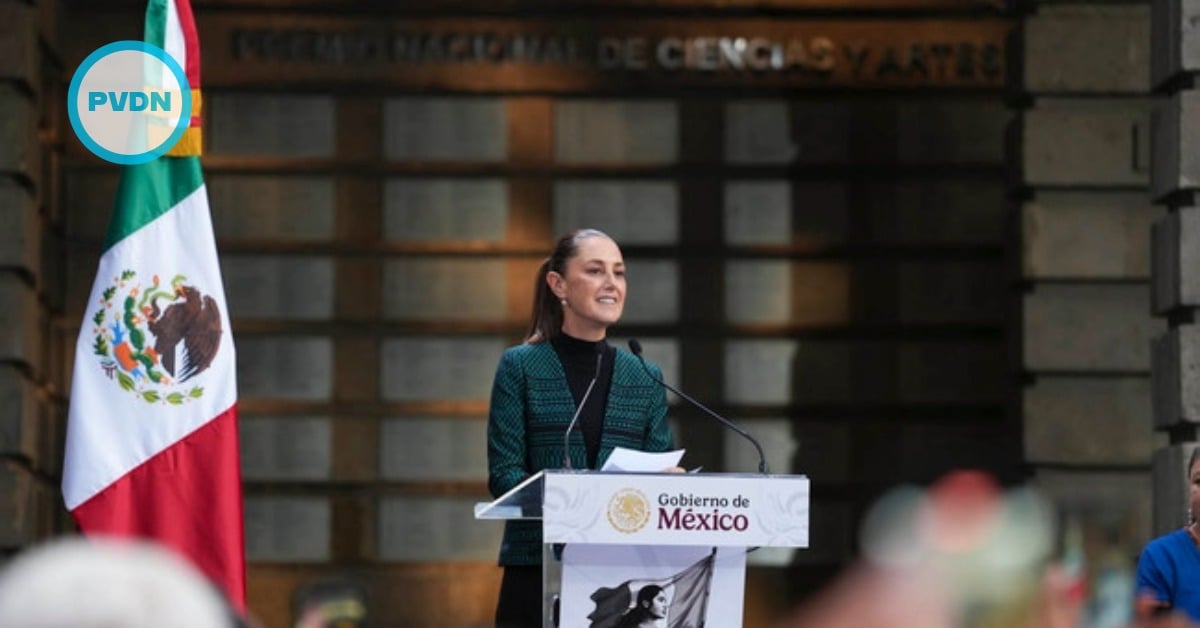If the sixth wave of COVID-19 in winter and an influenza season that threatens to be the strongest in years is not enough, a new concern is emerging for researchers and the health sector worldwide: the tripledemic. Tripledemia is the coincidence in the environment of the SARS-CoV…





